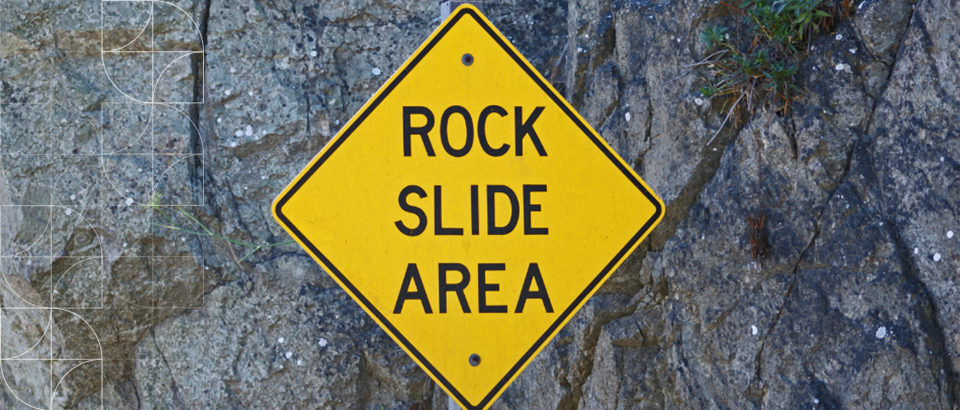Slippery slopes: local authority liability for landslips

Slippery slopes: local authority liability for landslips
Thursday 23 November, 2017
The setting aside of esplanade reserve when land is developed on the coast or alongside lakes and rivers, means that local authorities own or control a large amount of coastal and riverbank land. Unsurprisingly, this land is often at higher risk of slippage.
A recent decision of the Auckland High Court, Cattell v Auckland Council [2017] NZHC 2140 (5 September 2017, Lang J) highlighted some of the risks Councils may face if slippage on Council-owned land causes damage to adjoining properties.
The Cattells owned property adjoining a Council-owned esplanade reserve. In 1996, the Council had developed the reserve, including adding walkways for public use. The work done by the Council led to the slope adjacent to the Cattells’ property being steepened, increasing the risk of slippage on that slope. The Council therefore engaged its engineers to assess the level of risk, and to implement measures to mitigate that risk.
The engineers recommended installing counterfort drains to reduce the risk of the slope becoming unstable in high groundwater conditions, and this work was undertaken on Council’s behalf. In order to maintain the drains and keep them functioning at full capacity, it was important that the drains be inspected regularly. The evidence however, was that inspections were not done systematically. Further inspection was carried out after a crack appeared in 2006, and fresh suggestions for maintenance were made. There was no indication that any remedial or maintenance work was carried out at this time either. The crack then widened considerably, causing damage to the Cattells’ turning area and threatening their home. The Cattells commenced proceedings.
The Court found that the Council had failed to monitor and maintain the drains and that this meant that the performance of the drainage structure was compromised. The damage to the turning area (but not the house) was linked to the increased slope instability, which was not properly mitigated due to the compromised performance of the drainage structure. The Court also found that the steepness of the slope (which also contributed to instability) was a direct result of Council’s earthworks.
The Council was therefore held liable for the damage to the turning area. No relief has yet been granted, but the likely outcome is that the Council will be required to fund the works necessary to restore support to the Cattells’ land.
The good news
The good news is that Cattell involved an unusual set of facts. A party will not usually be responsible for damage occurring to neighbouring land as a result of slippage caused by natural hazards. In Cattell the Council was liable because it had caused the problem in the first place, and had failed to take appropriate steps to mitigate it.
The not so good news
The not so good news is that there are a number of circumstances in which a Council can be held liable for slippage, even if that slippage is triggered by natural events. As the Cattell decision shows, liability may arise decades after the original works took place. It is important that local authorities take a careful approach to managing their slip liability risk.
We have experience advising local authorities on management of their “slip” risk and responding to specific situations where slippage has caused damage to residents’ property.
Our thanks to Angela Vanderwee for contributing to this article.
Please contact James MacGillivray, Kate Cornegé or Megan Crocket if you want to learn more about the issues discussed in this article.



